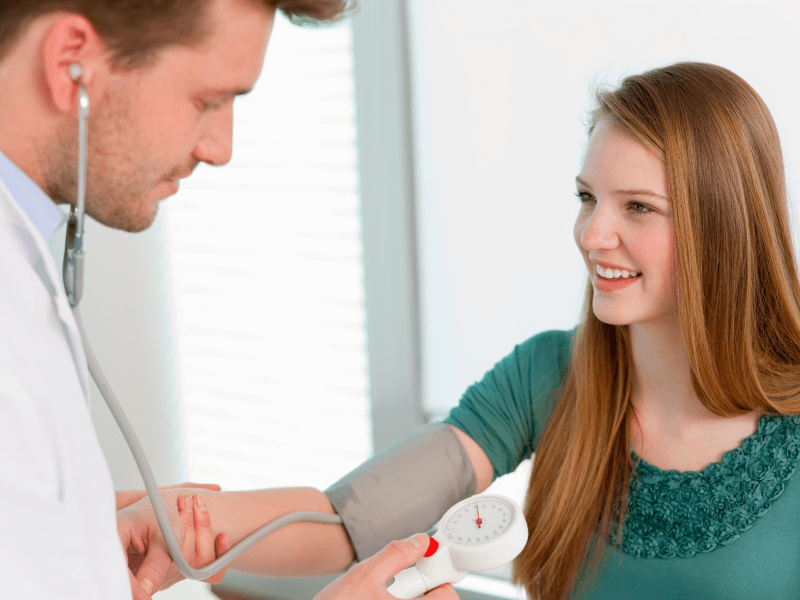Guidelines that diagnose more kids with high blood pressure work, study says
By American Heart Association News

Revamped guidelines that increased how many children were considered to have high blood pressure do indeed help predict how many of those kids will develop heart disease as adults, a new study says.
The guidelines, which hadn't been updated since 2004, were issued by the American Academy of Pediatrics in 2017 and endorsed by the American Heart Association. But it wasn't clear whether the new guidance would accurately foretell who was at higher risk of premature heart disease.
For an answer, the new research, published Monday in the American Heart Association's journal Hypertension, looked at data from the Bogalusa Heart Study, which has been following a group of people from one community in Louisiana who first enrolled as children in 1973.
Compared with children in the study who had normal blood pressure, those reclassified as having elevated or high blood pressure were more likely to develop adult high blood pressure, thickening of the heart muscle wall and the cluster of disorders known as metabolic syndrome – all risk factors for heart disease, said Dr. Lydia A. Bazzano, senior author of the study, in a news release.
Specifically, using the old guidelines, 12% of those considered to have high blood pressure developed thickening of the heart muscle. That compares with 19% using the new definition.
The precise number that defines high blood pressure varies by a child's age, height and gender.
Lifestyle changes are the key treatment for most young patients whose high blood pressure is not caused by a separate medical condition or a medication, said Bazzano, an associate professor of epidemiology at the Tulane School of Public Health and Tropical Medicine in New Orleans.
"It's important to maintain a normal weight, avoid excess salt, get regular physical activity and eat a healthy diet that is high in fruit, vegetables, legumes, nuts, whole grains, lean protein and limited in salt, added sugars, saturated and trans fats to reduce blood pressure."
The study is limited by the lack of data on actual heart attacks and strokes during adulthood. That data is being collected, the researchers said.
If you have questions or comments about this story, please email [email protected].





